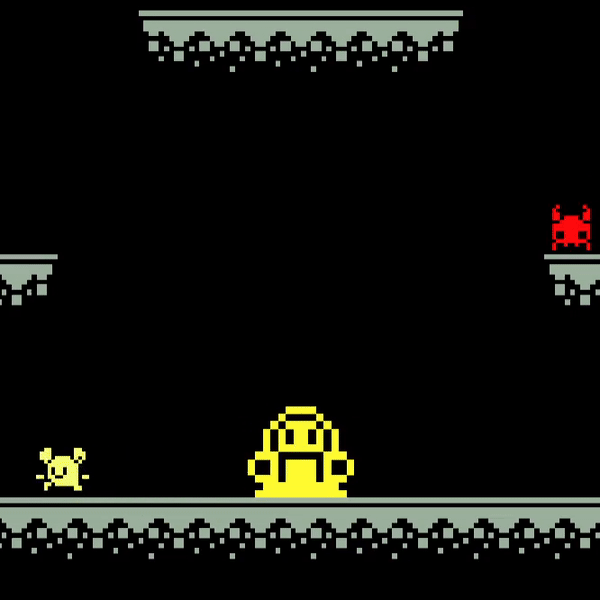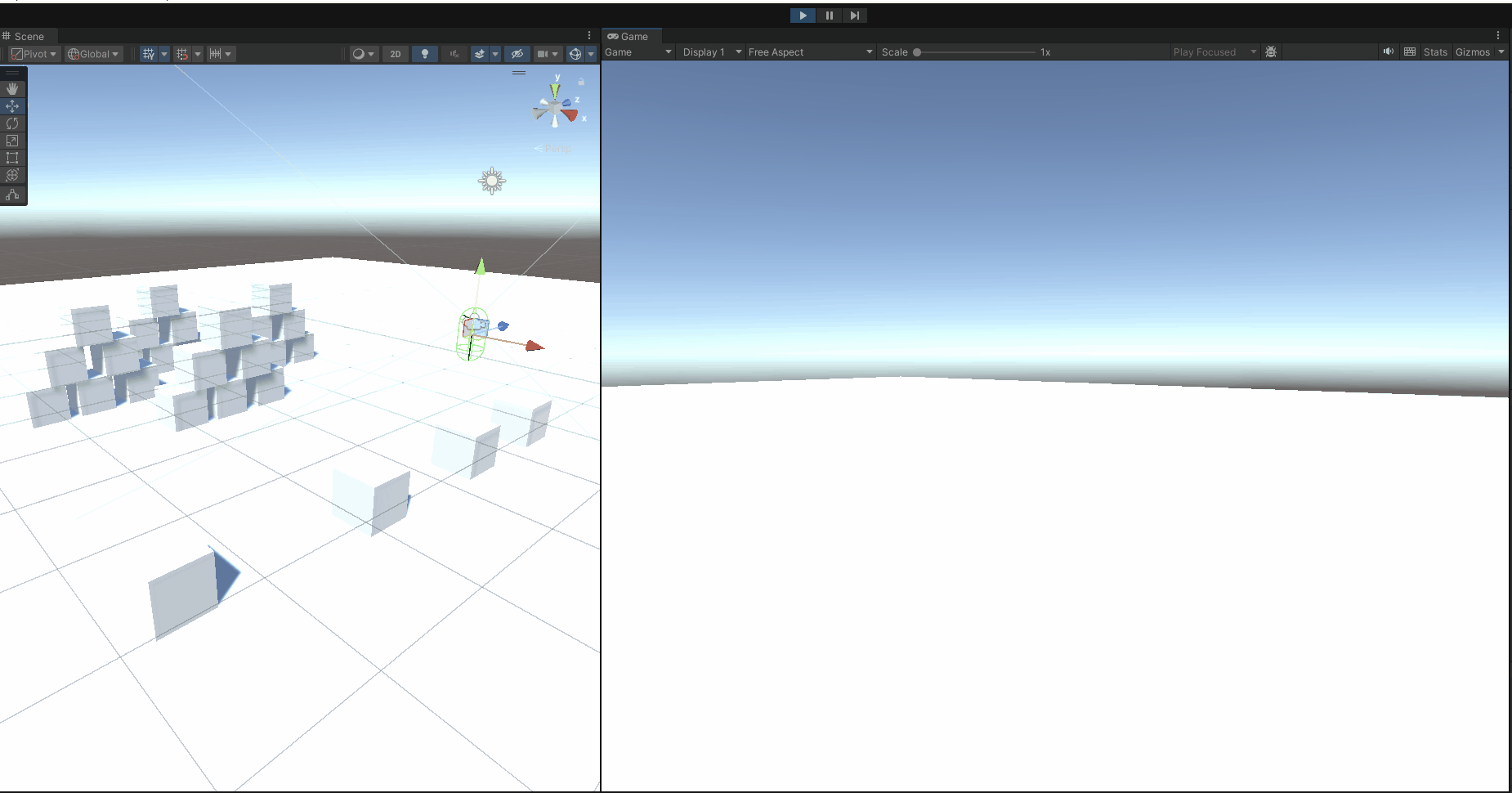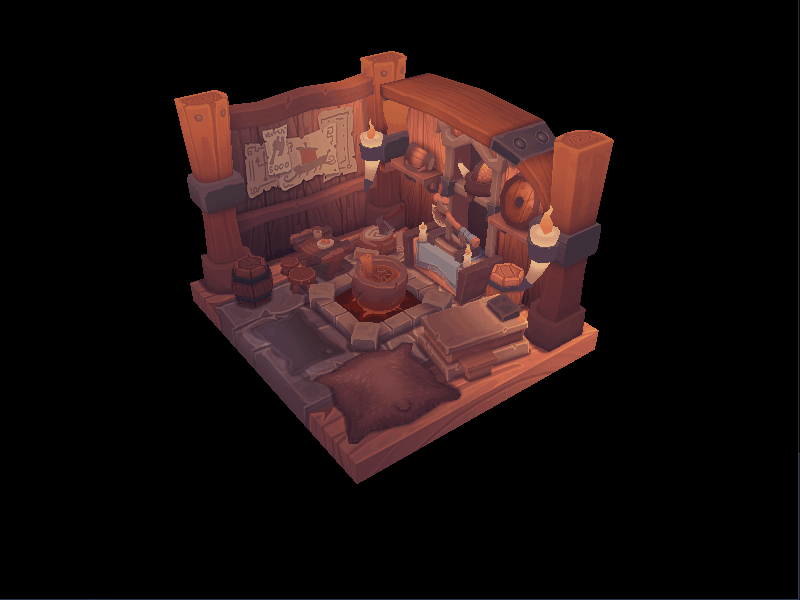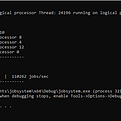Heya!
I'm Sakura Shih, a creative gameplay engineer who likes to approach problem solving with creative solutions.
Need a problem solved? Contact me: sakura.shih.1@gmail.com

Gameplay Programming / Technical Design Projects
Who am I?
I'm a professional gameplay programmer with experience on numerous academic projects, and one commercial project. I have over 4 years of experience coding for games. I attended the DigiPen Institute of Technology in 2022, and graduated in December of 2025 with a B.Sc. of Computer Science and Game Design.
In addition to gameplay programming, I have experience in engine, tools, and graphics. I work on independent projects on a business capacity, doing business development, marketing, pitching, and strategy/vision.
I'm passionate about the intersection of technology and creativity. I approach problem solving with unconventional methods, challenging the limits of what's possible. Whatever projects I'm working on, you will find me asking the why behind the how.
Within the games industry, my work is not limited to just development work. As an Ambassador for the International Game Developers Association's LGBTQIA+ Special Interest Group, and as a Gay Gaming Professionals Scholar, I advocate for the value of diverse perspectives. My responsibilities within games activism have included organizing panels, GDC talks, and events with corporate sponsors such as Electronic Arts and DigiPen.
When I'm not developing games, you can find me skateboarding around Seattle, developing my electric guitar chops, filming a music video, or getting coffee with cool people to talk about big ideas.
Have an interesting idea you want to share over coffee? Shoot me an email: sakura.shih.1@gmail.com
Skillsets
Languages
Engines/Frameworks
Tools
Technical Skills
C
C++
C#
GLSL/HLSL
x86 Assembly
ARM Assembly
Python
JavaScript
Java
Unity
Unreal Engine 5
Source
Godot
Gamemaker Studio
Windows API
POSIX
Vulkan
OpenGL
ImGUI
Git/GitHub
Perforce
Trello
Miro
Hammer World Editor
Unreal Level Design Tools
Multithreading
Optimizations
Memory Management
Debugging
Crash Analysis
Reverse Engineering
Other Projects
Other projects I'm engaged with in the game development field







.png)